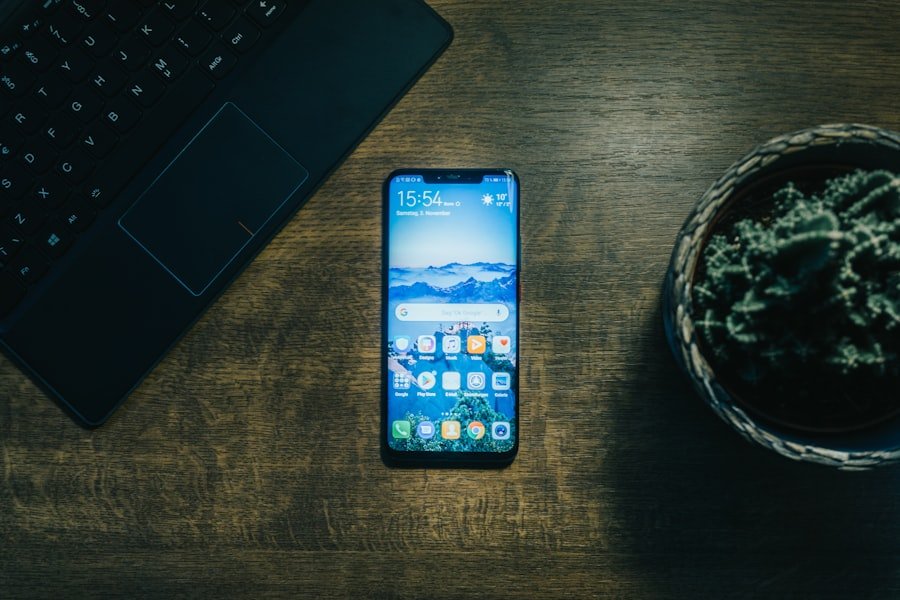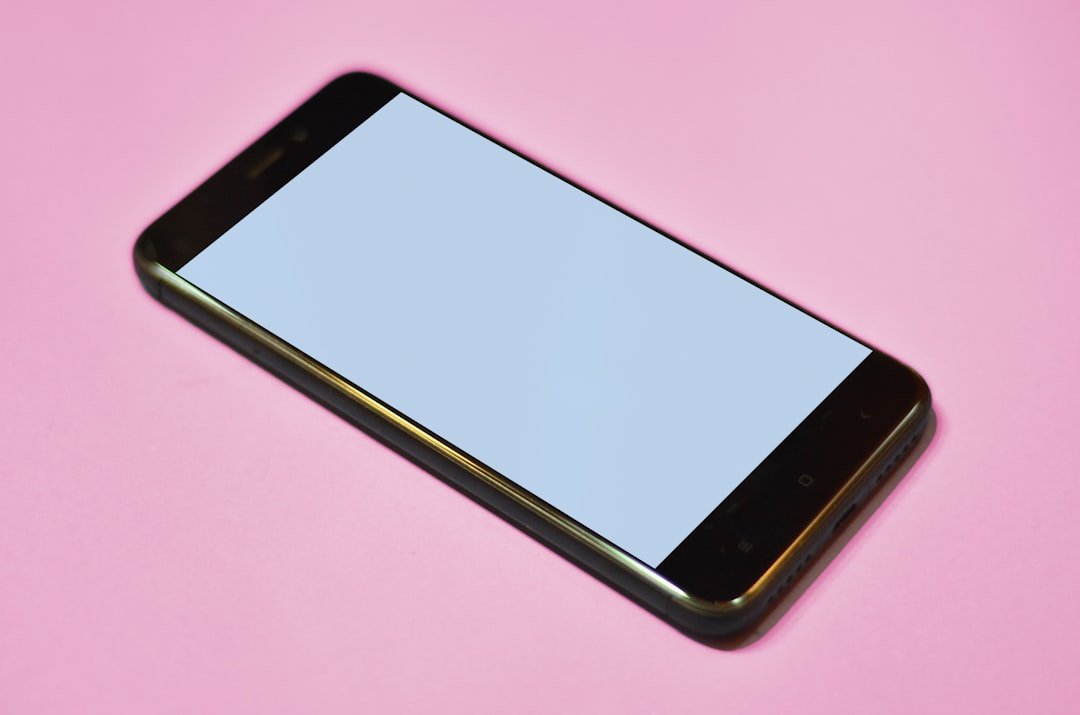Ringtones have evolved significantly since the early days of mobile phones, transitioning from simple beeps and tones to complex melodies and snippets of popular songs. At their core, ringtones serve as an auditory signal to alert users to incoming calls or messages. The choice of ringtone can reflect personal style, mood, or even a sense of humor.
Understanding the basics of ringtones involves recognizing their formats, the technology behind them, and how they can be customized to enhance the user experience. Ringtones can be categorized into several types, including monophonic, polyphonic, and real-tone ringtones. Monophonic ringtones consist of a single melody line, often created using simple tones.
Polyphonic ringtones allow for multiple notes to be played simultaneously, creating a richer sound. Real-tone ringtones, on the other hand, are actual recordings of songs or sounds, providing a more authentic listening experience. As smartphones have become ubiquitous, the ability to create and customize ringtones has become a popular feature, allowing users to express their individuality through sound.
Key Takeaways
- Ringtones are customizable sounds or songs that play when you receive a call or notification on your phone.
- When choosing software or apps for creating ringtones, consider factors such as ease of use, compatibility with your device, and available features.
- Select a sound or song that is not only enjoyable to listen to, but also easily recognizable and attention-grabbing.
- Editing and customizing your ringtone allows you to trim the length, adjust the volume, and add special effects to make it unique.
- Setting up your new ringtone on your phone involves navigating to the settings menu and selecting the desired sound for different types of notifications.
Choosing the Right Software or App
Selecting the appropriate software or app for creating custom ringtones is crucial for a seamless experience. There are numerous applications available across various platforms, each offering unique features and functionalities. For instance, apps like GarageBand for iOS provide a comprehensive suite of tools for music creation and editing, allowing users to craft intricate ringtones from scratch or modify existing tracks.
On Android devices, applications such as Ringtone Maker or Zedge offer user-friendly interfaces that simplify the process of ringtone creation. When choosing an app, consider factors such as compatibility with your device, ease of use, and the range of editing features available. Some apps may allow you to trim audio files, adjust volume levels, or even add effects like fading in and out.
Additionally, look for applications that support various audio formats to ensure compatibility with your chosen sound files. Reading user reviews and exploring tutorials can also provide insight into the app’s performance and reliability.
Selecting the Perfect Sound or Song

The selection of the right sound or song is a pivotal step in creating a custom ringtone that resonates with your personality. This process can be both exciting and challenging due to the vast array of options available. Popular choices often include snippets from favorite songs, iconic movie quotes, or even ambient sounds that evoke specific memories or feelings.
When selecting a sound, consider how it will be perceived by others and whether it aligns with your personal brand. To find the perfect sound, explore various sources such as music streaming services, sound libraries, or even your own music collection. Many platforms offer previews of songs, allowing you to gauge their suitability as ringtones before committing to a selection.
Additionally, consider the length of the audio clip; most ringtones are typically between 15 to 30 seconds long. This duration is ideal for capturing attention without becoming overly repetitive or annoying during calls.
Editing and Customizing Your Ringtone
| Metrics | Value |
|---|---|
| Number of ringtone editing options | 10 |
| Customization time | 5-10 minutes |
| Supported file formats | MP3, WAV, M4R |
| Compatibility | iOS and Android |
Once you have selected your desired sound or song, the next step is editing and customizing it to fit your preferences. Most ringtone creation apps come equipped with editing tools that allow you to trim audio clips, adjust volume levels, and apply effects. Trimming is particularly important as it enables you to isolate the most impactful part of the song or sound that you want to use as your ringtone.
Customization goes beyond mere trimming; you can also experiment with various effects such as fading in or out to create a smoother transition when the ringtone starts or ends. Some apps even allow you to layer sounds or add additional audio tracks for a more complex ringtone experience. This level of customization not only enhances the auditory appeal but also ensures that your ringtone stands out from the default options available on most devices.
Setting Up Your New Ringtone on Your Phone
After creating your custom ringtone, setting it up on your phone is the next logical step. The process varies slightly between different operating systems but generally involves navigating to your device’s settings menu. For iOS users, you can sync your newly created ringtone through iTunes or directly from the GarageBand app if you used it for creation.
Once synced, go to Settings > Sounds & Haptics > Ringtone to select your new creation. For Android users, the process is often more straightforward. After saving your ringtone in the appropriate folder (usually under “Ringtones” in internal storage), you can access it through Settings > Sound > Phone Ringtone.
Here, you will find a list of available ringtones, including your custom creation. Selecting it will set it as your default ringtone for incoming calls. It’s essential to ensure that your phone recognizes the new file format; otherwise, it may not appear in the list.
Troubleshooting and Tips for Success

Creating custom ringtones can sometimes lead to unexpected challenges. One common issue is file compatibility; if your ringtone doesn’t appear in the settings menu after saving it, check that it’s in a supported format such as MP3 or M4A for iOS devices and MP3 or OGG for Android devices. Additionally, ensure that the file is saved in the correct directory on your device; many phones require ringtones to be placed in specific folders for them to be recognized.
Another potential hurdle is audio quality. If your custom ringtone sounds distorted or unclear when played back on your phone, revisit the editing process to ensure that you haven’t inadvertently altered the audio quality during trimming or effect application. It’s also wise to test your ringtone by calling your phone from another device; this allows you to hear how it sounds in real-time and make any necessary adjustments before finalizing it.
Exploring Advanced Options and Features
For those looking to delve deeper into ringtone creation, many apps offer advanced features that can elevate your custom sounds beyond basic editing. For instance, some applications allow users to create ringtones using MIDI files or even synthesize sounds using virtual instruments. This opens up a world of possibilities for those interested in music production and sound design.
Additionally, consider exploring options for creating notification tones or alarm sounds using similar methods as those used for ringtones. Many apps provide templates or presets specifically designed for these purposes, allowing you to maintain a cohesive auditory theme across all notifications on your device. Experimenting with different genres and styles can also lead to unique creations that reflect your musical tastes and preferences.
Sharing Your Custom Ringtones with Friends and Family
Once you’ve crafted the perfect custom ringtone, sharing it with friends and family can be a fun way to spread creativity and enhance their mobile experiences as well. Many apps facilitate easy sharing options via Bluetooth or direct file transfer methods like email or messaging apps. This allows others to enjoy your creations without needing to go through the entire process themselves.
Moreover, consider uploading your custom ringtones to online platforms where users can share their creations with a broader audience. Websites dedicated to sound sharing often have communities where users exchange tips and tricks for creating unique ringtones. Engaging with these communities not only allows you to showcase your work but also provides inspiration from others who share similar interests in sound design and customization.
In conclusion, creating custom ringtones is an engaging process that combines creativity with technology. By understanding the basics of ringtones, selecting the right tools, choosing suitable sounds, and mastering editing techniques, anyone can craft personalized audio experiences that resonate with their identity while enhancing their mobile interactions.
FAQs
What is a custom ringtone?
A custom ringtone is a personalized sound or music clip that plays when someone calls your phone. It allows you to choose a unique and distinctive ringtone instead of using the default options provided by your phone.
How can I make a custom ringtone for my phone?
There are several ways to make a custom ringtone for your phone. You can use a music editing software to create a clip from a song, use a ringtone maker app, or even purchase a custom ringtone from a digital marketplace.
What file format should my custom ringtone be in?
Most phones support common audio file formats such as MP3, AAC, and WAV for custom ringtones. It’s important to check your phone’s specifications to ensure compatibility with the file format you choose.
Can I use any song as a custom ringtone?
While you can technically use any song as a custom ringtone, it’s important to consider copyright laws. If you plan to use a copyrighted song, you may need to purchase the rights to use it as a ringtone or find royalty-free music to avoid legal issues.
How do I set a custom ringtone on my phone?
The process of setting a custom ringtone varies depending on the type of phone you have. Generally, you can go to your phone’s settings, select the sound or ringtone option, and then choose the custom ringtone from your phone’s storage. Consult your phone’s user manual for specific instructions.
